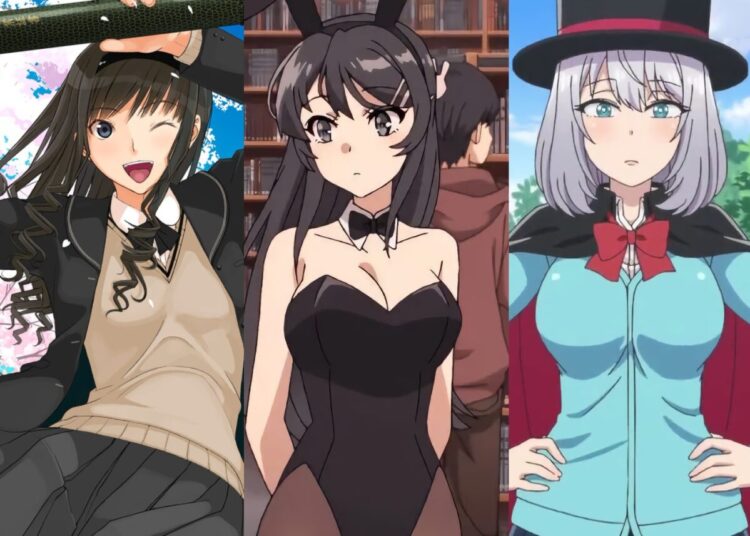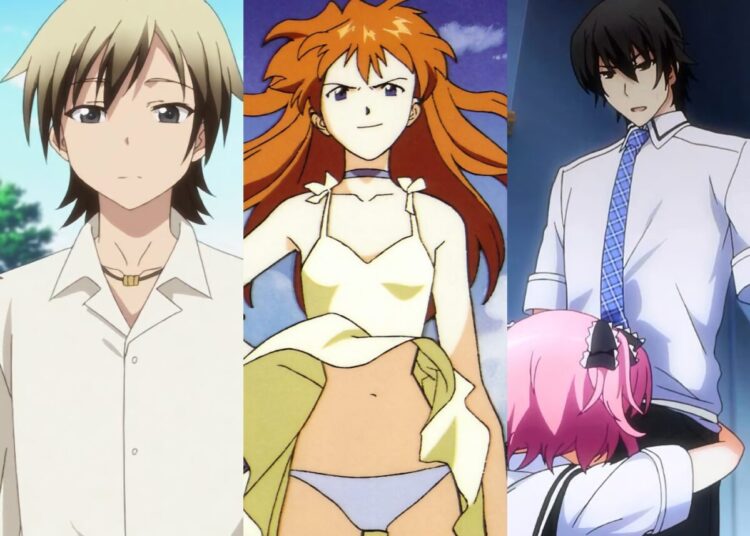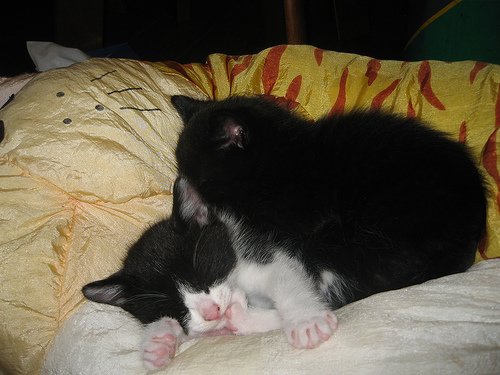Hello from beautiful San Jose. We’ve been enjoying the vibrant anime fans here at Fanime Con, and if you’re in the area we hope you were able to attend the show (and the great music concerts held over the weekend). During the show, a convention-goer came by wearing a T-shirt from Anime Con ’91, the very first anime convention held in the U.S., which we also attended right here in San Jose. We suddenly found ourselves waxing natsukashii (nostalgic) over all that had happened in the last fifteen years to anime culture and general awareness of Japan by the West. 1991 was very different from 2006, and no one was sure if Japanese animation was popular enough to support an actual convention all on its own — the show attracted just 1600 fans, compared to 33,000 at the last Anime Expo. There were many top-named Japanese guests of honor at the first Anime Con, including Macross character designer Mikimoto, Nadia/Evangelion artist Sadamoto and Bubblegum Crisis artist Kenichi Sonoda (who ate breakfast with us every morning). Those were great days to be interested in Japan, and we all learned so much.
For myself, I’ve never really been that much of a flower person, aside from buying roses or carnations on Mother’s Day, that sort of thing. But by and large, Japan is a very flower-centric place, with a lot of attention paid to flowers in many ways. There are many customs related to enjoying the various flowers that bloom in each season. In March, there are ume (plum) flowers, then sakura in April, and right now, irises are in bloom. Japanese have been known to eat flowers in kaiseki ryori, the traditional meals of Kyoto. Japan is a Buddhist nation, and many solemn flowers such as white lillies are featured in funerals. Once I committed one of the most embarrassing faux pas a gaijin could make: I went to a flower shop to pick out some flowers for my wife, and the ones I asked for turned out to be chrysanthemums, which in Japan are only used for placing on graves in memory of the dead. I was quite embarrassed after my wife picked herself up off the floor from laughing and explained it all to me.
You know you’ve lived in Japan too long when you’re incapable of pouring your own beer. It’s true — in Japan it’s customary for friends to pour beer or sake (sah-KAY, never “saki”) for each other, and “lifer” gaijin like me get so used to this that anything else becomes impossible. Pouring your own drink is called tejaku, and it’s rarely done in mixed company — although in enka, the traditional sad music of Japan that fills the same niche as country music in the U.S., the image of a broken man pouring his own sake while he cries his eyes out over his lost love, is quite common. Back in the U.S., I’ve run into a little culture shock when drinking with friends as I wonder if it’s okay to pour my own drink in their presence, or if we should the everyone-pour- drinks-for-each-other thing they do in Japan. Ah, it’s fun to live with one foot in Japan and the other in the States.















